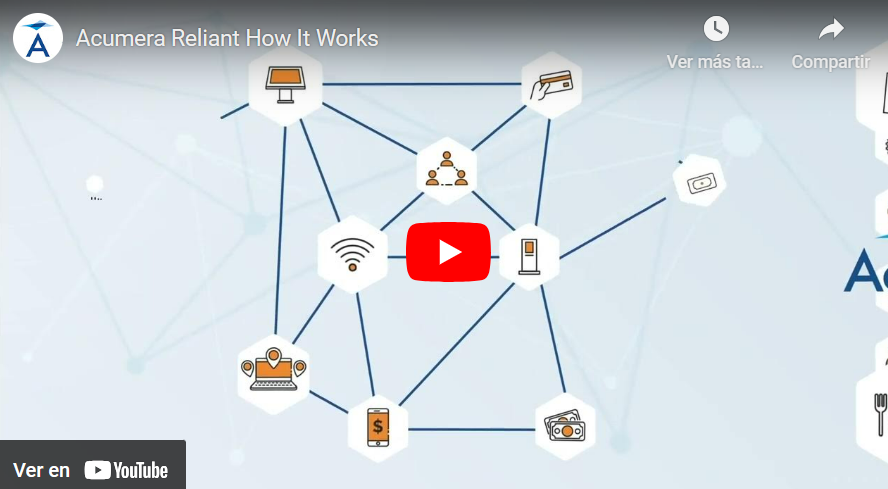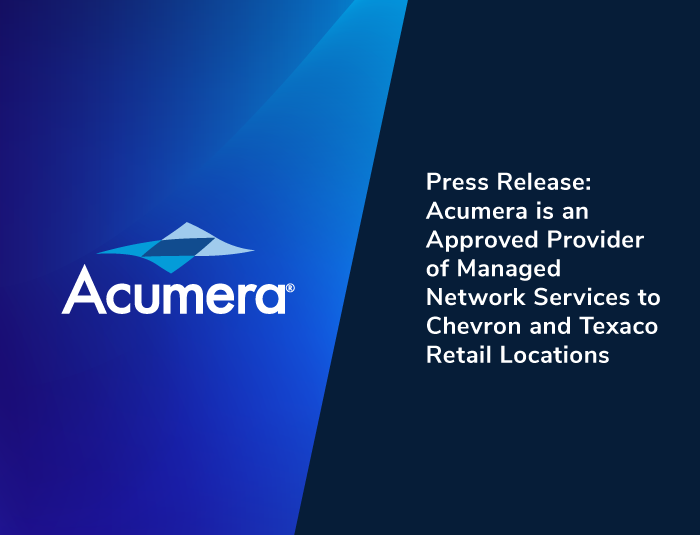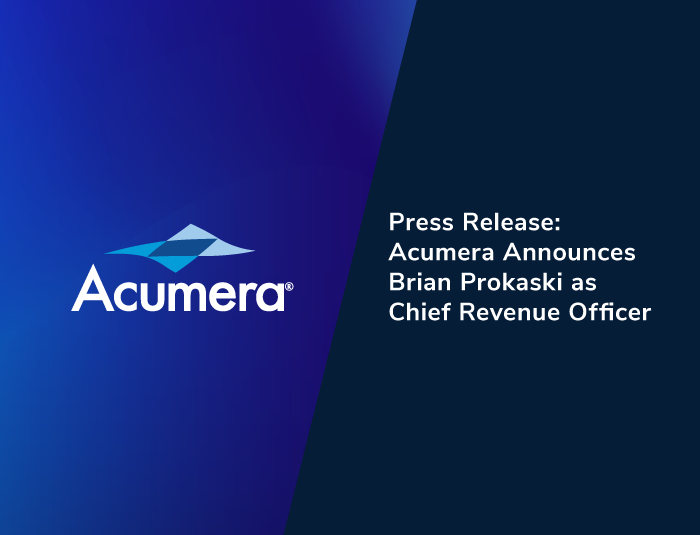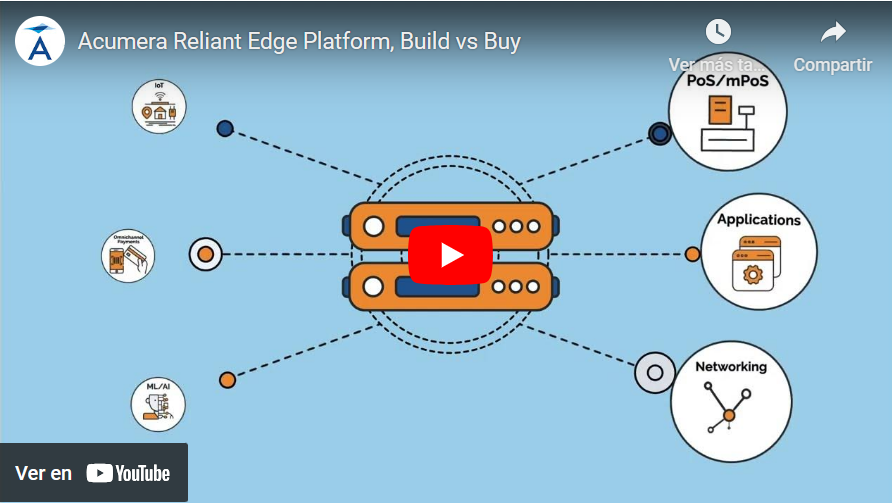
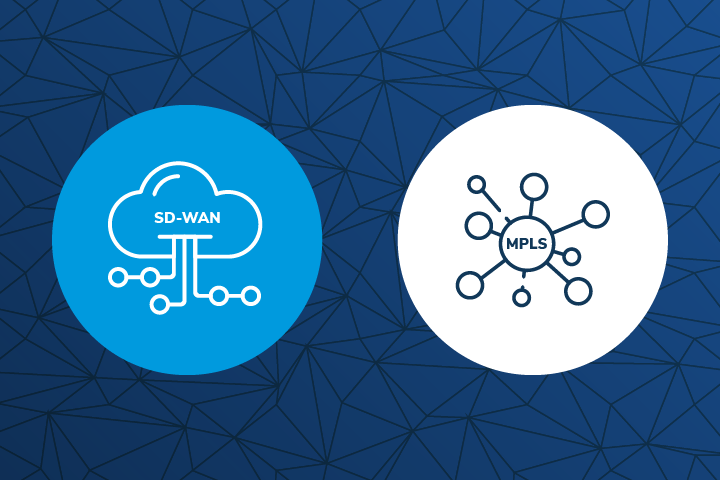
SD-WAN and MPLS are two popular technologies used in network connectivity. Both offer unique features and benefits, but they also have their drawbacks. In this blog, we will compare SD-WAN and MPLS, discussing their architecture, scalability, cost, traffic optimization, security, deployment, management, redundancy, failover, and quality of service (QoS). We will also explore some use cases for both technologies and provide a final verdict on which one may be more suitable for your business. Additionally, we will highlight how the services Acumera provides can help enhance your network security.
What is SD-WAN and How Does it Work?
SD-WAN, or software-defined wide area network, is a networking technology that utilizes virtualization and overlay tunnels to connect users to workloads across multiple transport services and types of existing infrastructure. It can incorporate VPNs, broadband internet connections, LTE, and even MPLS connections. SD-WAN offers an efficient alternative to traditional WAN connectivity, especially as organizations transition from on-premises data centers to cloud-based services.
The architecture of SD-WAN revolves around virtualization and overlay tunnels. It uses application-aware routing protocols to improve application performance. SD-WAN solutions create virtualized overlays in the form of end-to-end encrypted tunnels. These tunnels are managed by a centralized controller that intelligently steers network traffic on the most efficient route across the WAN. This traffic is prioritized based on business policies, ensuring optimal quality of service (QoS).
One of the key advantages of SD-WAN is its ability to connect users directly to cloud-based services, such as software as a service (SaaS) and infrastructure as a service (IaaS). This eliminates the need for backhauling traffic to a central data center, reducing costs and improving connectivity and user experience. SD-WAN also offers enhanced security compared to traditional or hybrid WAN architectures, as it can easily integrate with cloud-delivered security functions and follows network security best practices.
What is MPLS and How Does it Work?
MPLS, or multiprotocol label switching, is a wide area networking protocol that routes traffic using labels instead of IP addresses. It is designed to minimize router latency, improve QoS, minimize jitter, and reduce packet loss while efficiently moving traffic. MPLS operates between layers 2 and 3, acting as an intermediary between switches and routers.
MPLS works by assigning labels to data packets and controlling the path they follow. Instead of sending packets from router to router through traditional packet switching, MPLS routers use labels to determine the predetermined path for packet forwarding. This labeling system allows for more efficient routing decisions, reducing latency and improving overall network performance.
One of the key advantages of MPLS is its reliability in delivering packets to their destination. MPLS offers a high quality of service, minimizing packet loss and ensuring smooth traffic flow, which is crucial for real-time protocols like voice over internet protocol (VoIP). MPLS providers can assign higher priority to certain network traffic, further enhancing the predictability and performance of the network.
Key Differences Between SD-WAN and MPLS Connections
SD-WAN and MPLS have several differences in terms of network architecture, scalability, cost, traffic optimization, security, deployment, management, redundancy, failover, and quality of service (QoS). Let’s take a closer look at each of these aspects:
Network Architecture
SD-WAN is an overlay network that can utilize any combination of connections, including VPNs, broadband internet, LTE, and MPLS. It offers flexibility in terms of connectivity options, allowing organizations to leverage existing infrastructure and choose the most cost-effective solution for their needs. On the other hand, MPLS is an underlay network that relies on dedicated circuits. It requires a static, dedicated network and offers limited scalability compared to SD-WAN.
Scalability
SD-WAN is highly scalable due to its ability to use existing connections. It can easily accommodate increased bandwidth needs as organizations’ traffic requirements grow. In contrast, MPLS has limited scalability as it relies on dedicated infrastructure. If an organization’s bandwidth needs exceed the capacity of existing MPLS circuits, additional circuits must be installed, leading to higher costs and complexity.
Cost
SD-WAN offers cost savings compared to MPLS. It can utilize cost-effective options like broadband internet, reducing the need for expensive dedicated circuits. SD-WAN allows organizations to take advantage of existing connections and select the most cost-effective solution. MPLS, on the other hand, relies on expensive dedicated circuits, which can be a significant financial burden.
Traffic Optimization
SD-WAN uses intelligent traffic steering and application-aware routing to optimize network performance. It can prioritize critical traffic and create direct tunnels, eliminating the need for backhauling and reducing latency. SD-WAN’s traffic optimization capabilities enhance the user experience and ensure optimal quality of service. MPLS, on the other hand, still needs to route all traffic through a central security gateway, which can introduce additional latency and impact overall network performance.
Security and Encryption
SD-WAN provides built-in security capabilities, including end-to-end encryption of network traffic. It can easily integrate with cloud-delivered security functions, ensuring secure connectivity and protecting users and data. MPLS, on the other hand, requires additional bolt-on solutions for security and encryption. While MPLS connections are private, they are not inherently secure or encrypted, making the data vulnerable if the connection is compromised.
Deployment and Management
SD-WAN offers ease of deployment and configuration. Advanced SD-WAN solutions feature zero-touch provisioning, eliminating the need for manual configuration. SD-WAN can be easily deployed and managed, allowing for quick adjustments and updates. In contrast, MPLS requires expertise for deployment and configuration. It can be more complex and time-consuming to deploy and manage MPLS networks, requiring manual configuration of devices.
Redundancy and Failover
SD-WAN provides built-in mechanisms for redundancy and failover. It can intelligently route traffic over multiple connections, ensuring continuous connectivity even if one connection fails. SD-WAN’s failover capabilities enhance network reliability and minimize downtime. MPLS, on the other hand, relies on dedicated backup circuits for redundancy and failover, which can be costly and less flexible compared to SD-WAN.
Quality of Service (QoS)
SD-WAN offers dynamic QoS policies, allowing organizations to prioritize critical traffic and ensure optimal performance for latency-sensitive applications. SD-WAN’s intelligent traffic steering and application-aware routing enable granular control over QoS. MPLS, on the other hand, requires static QoS configuration, which may not be as flexible and adaptable to dynamic network conditions as SD-WAN.
These are some of the key differences between SD-WAN and MPLS connections. While SD-WAN offers greater flexibility, scalability, cost savings, traffic optimization, security, and ease of deployment, MPLS provides reliability, static QoS configuration, and a dedicated network architecture.
Management of SD-WAN and MPLS Network Connectivity
The management of SD-WAN and MPLS network connectivity differs in terms of complexity and configuration. SD-WAN offers ease of deployment and management, thanks to its software-defined nature. Advanced SD-WAN solutions feature zero-touch provisioning, eliminating the need for manual configuration of devices. This simplifies the deployment process and allows for quick adjustments and updates.
SD-WAN’s centralized management controller provides a unified view of the entire network, making it easier to monitor and manage network traffic, security policies, and QoS settings. This centralized management approach streamlines network administration and reduces the complexity of managing multiple devices across different locations.
MPLS, on the other hand, requires expertise for deployment and configuration. It can be more complex and time-consuming to deploy and manage MPLS networks, especially when multiple devices and data centers are involved. MPLS networks often require manual configuration of devices, which can be a labor-intensive process.
The management of SD-WAN and MPLS networks also differs in terms of flexibility. SD-WAN offers greater flexibility in terms of making changes to the network infrastructure. Changes to the virtualized infrastructure of an SD-WAN architecture can be made quickly, allowing organizations to adapt to evolving network requirements. MPLS, on the other hand, can be more rigid and less adaptable to changes, requiring significant time and effort to make modifications to the network.
Overall, SD-WAN provides simplified provisioning, centralized management, and greater flexibility compared to MPLS. These features make SD-WAN a more attractive option for organizations looking for a scalable and easily manageable network solution.
SD-WAN vs MPLS Cost Comparison
Cost is a significant factor when comparing SD-WAN and MPLS. SD-WAN offers cost savings compared to MPLS due to its ability to leverage cost-effective options like broadband internet. SD-WAN allows organizations to utilize existing connections, reducing the need for expensive dedicated circuits. This can result in significant cost savings, especially as organizations’ bandwidth requirements grow.
MPLS, on the other hand, relies on dedicated circuits, which can be expensive to deploy and maintain. MPLS bandwidth costs can quickly add up, making it less cost-effective for organizations with high bandwidth needs. Additionally, MPLS requires physical links to be installed at each location, which can further increase costs and complexity.
It’s important to note that the cost comparison between SD-WAN and MPLS can vary depending on factors such as the size of the network, specific bandwidth requirements, and geographic location. Organizations should carefully evaluate their network needs and conduct a cost analysis to determine which technology offers the most cost-effective solution.
Use Cases of SD-WAN and MPLS
SD-WAN and MPLS have different use cases depending on the specific requirements of an organization. Let’s explore some common scenarios where each technology may be more suitable:
SD-WAN Use Cases:
- Organizations with multiple branch locations that require flexible connectivity options and the ability to prioritize critical applications.
- Companies adopting cloud-based services and needing direct connectivity to cloud providers.
- Businesses looking to reduce costs by leveraging cost-effective broadband internet connections.
- Organizations with dynamic network requirements that need fast deployment and easy configuration.
- Remote workers or mobile users who need secure access to resources and applications.
MPLS Use Cases:
- Enterprises with mission-critical applications that require high reliability and performance.
- Industries with stringent privacy and security requirements, such as financial institutions or healthcare organizations.
- Organizations with existing MPLS circuits under contract that need to integrate them with other connectivity options.
- Businesses operating in regions where MPLS is the more cost-effective option compared to broadband internet.
These are just a few examples of use cases for both SD-WAN and MPLS. It’s important to evaluate the specific needs and requirements of your organization to determine which technology is the best fit.
Final Verdict: SD-WAN vs MPLS
In conclusion, both SD-WAN and MPLS offer unique features and benefits, but they also have their drawbacks. SD-WAN provides greater flexibility, scalability, cost savings, traffic optimization, security, and ease of deployment compared to MPLS. It allows organizations to leverage existing connections, prioritize critical traffic, and directly connect to cloud-based services. SD-WAN’s centralized management and software-defined nature simplify network administration and enhance network performance.
On the other hand, MPLS offers reliability, static QoS configuration, and a dedicated network architecture. It is suitable for organizations with mission-critical applications that require high performance and security. MPLS can also be a better option in regions where broadband internet connectivity is limited or unreliable.
Ultimately, the choice between SD-WAN and MPLS depends on the specific needs and requirements of your organization. It’s important to evaluate factors such as network architecture, scalability, cost, traffic optimization, security, deployment, management, redundancy, failover, and QoS. Conduct a thorough analysis of your network requirements and consider consulting with network experts to determine the best solution for your business.
How Acumera Services Can Help Your Business
Acumera offers a range of network security services that can enhance your organization’s network security and connectivity. With our network security solutions, you can ensure the protection of your network traffic and mitigate potential threats. We offer managed network services, network monitoring, threat detection, secure remote access, integrated edge-computing, secure edge networking, and robust security and compliance.
By leveraging our advanced network services, you can enhance the security of your SD-WAN or MPLS network, protecting your organization from cyber threats and ensuring the confidentiality, integrity, and availability of your network traffic. Acumera’s network security solutions are designed to seamlessly integrate with your existing network infrastructure, providing comprehensive protection and peace of mind.
To learn more about Acumera’s network security services and how they can benefit your business, contact us today for a demo. Our team of experts will be happy to assist you in enhancing your network security and connectivity.



